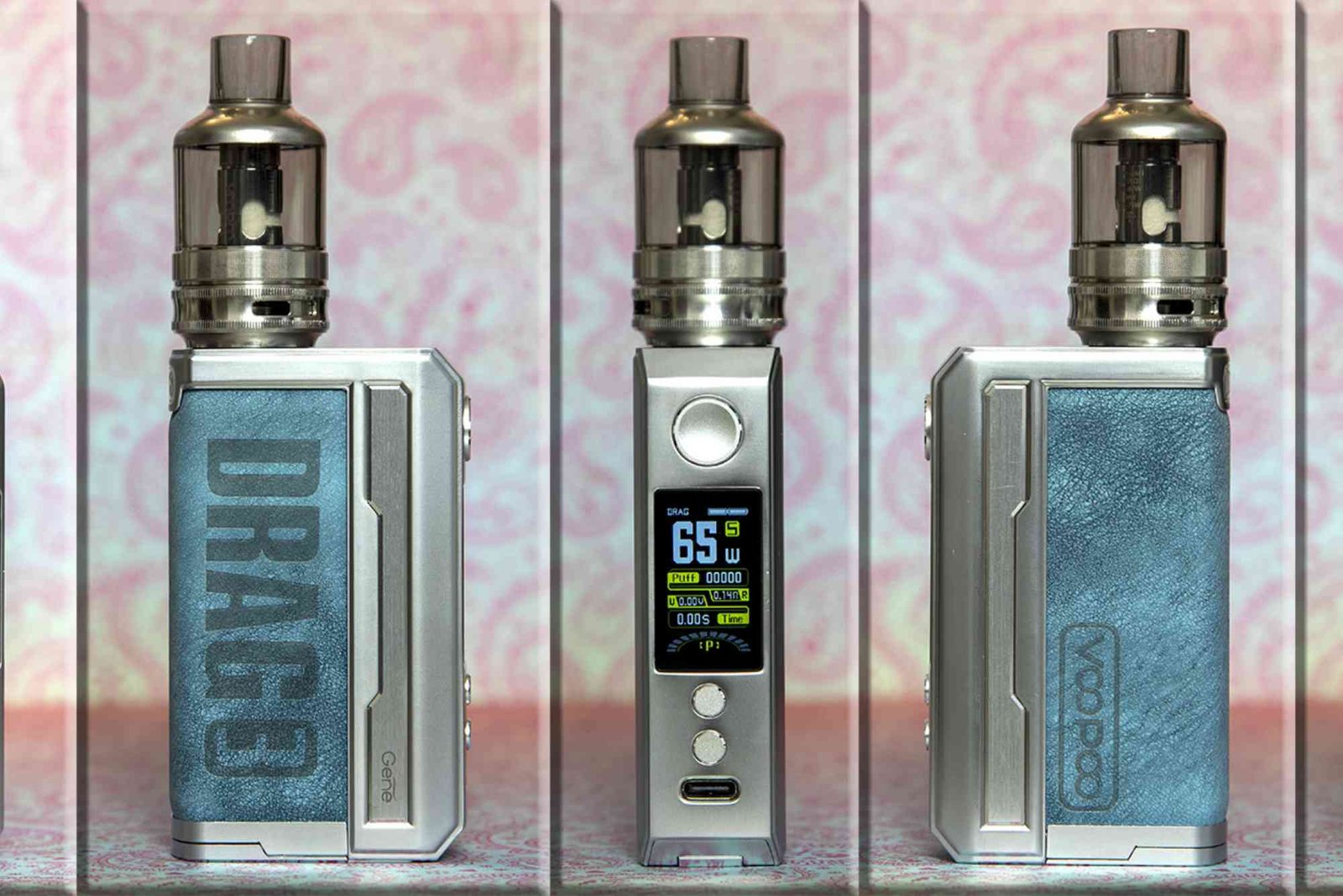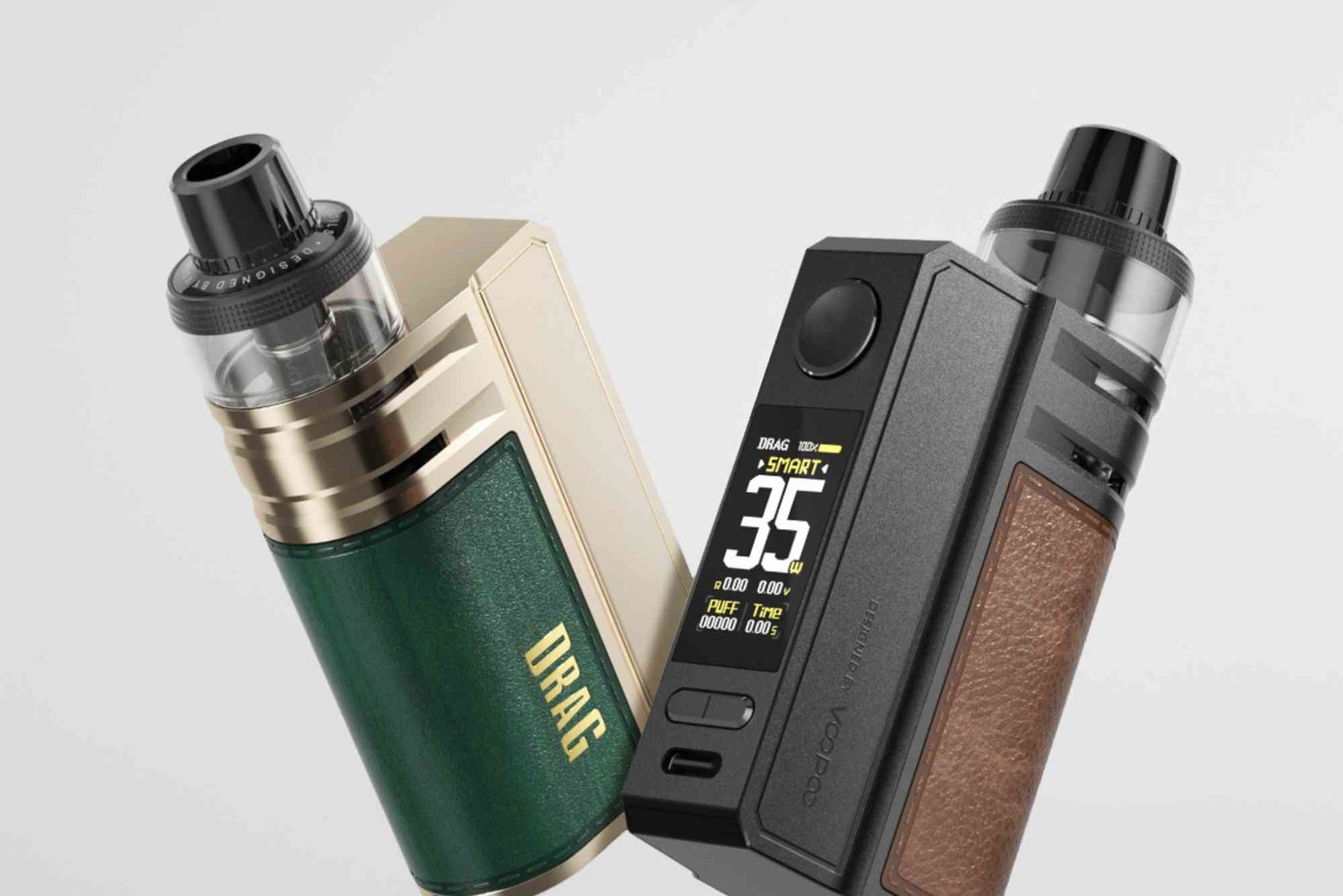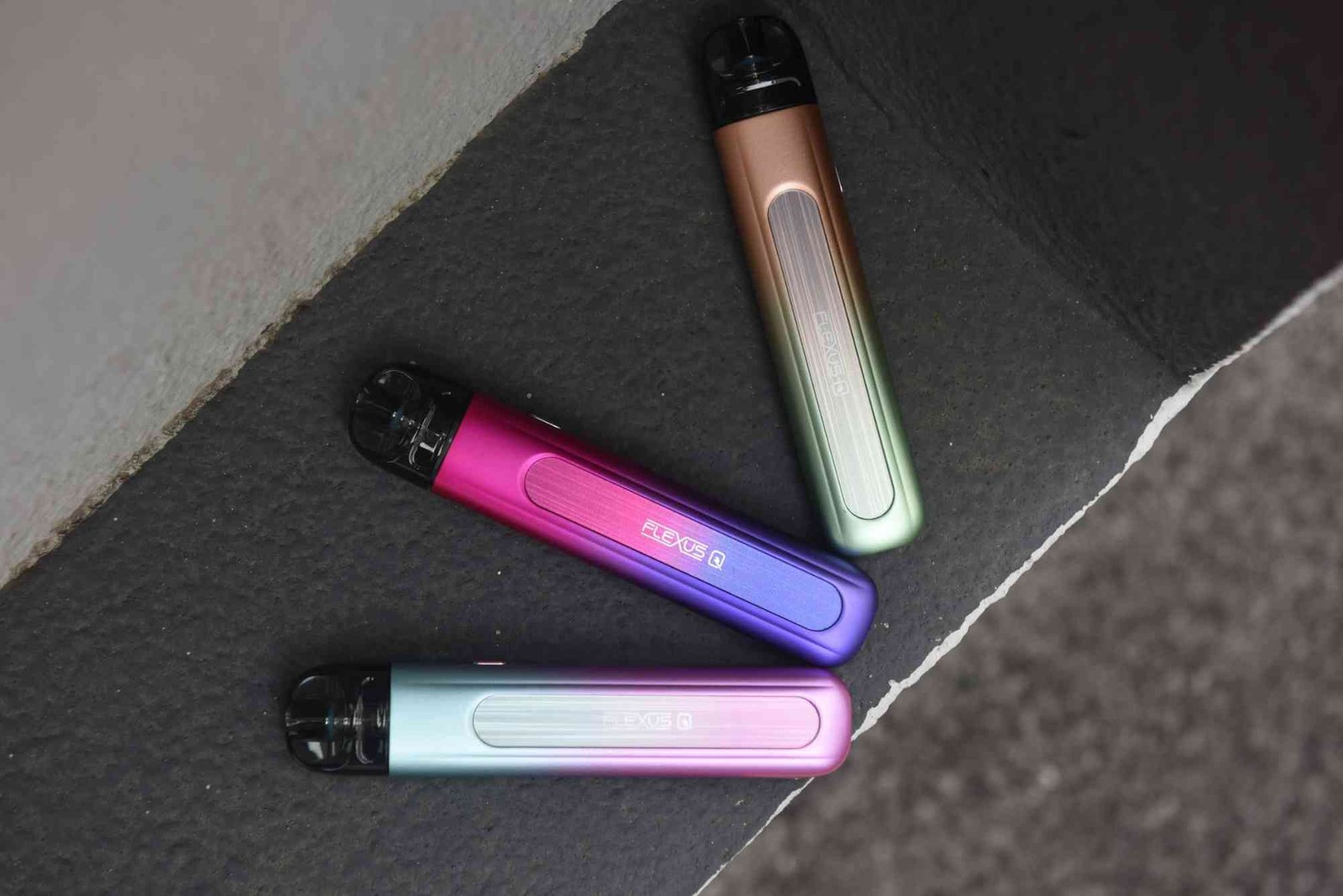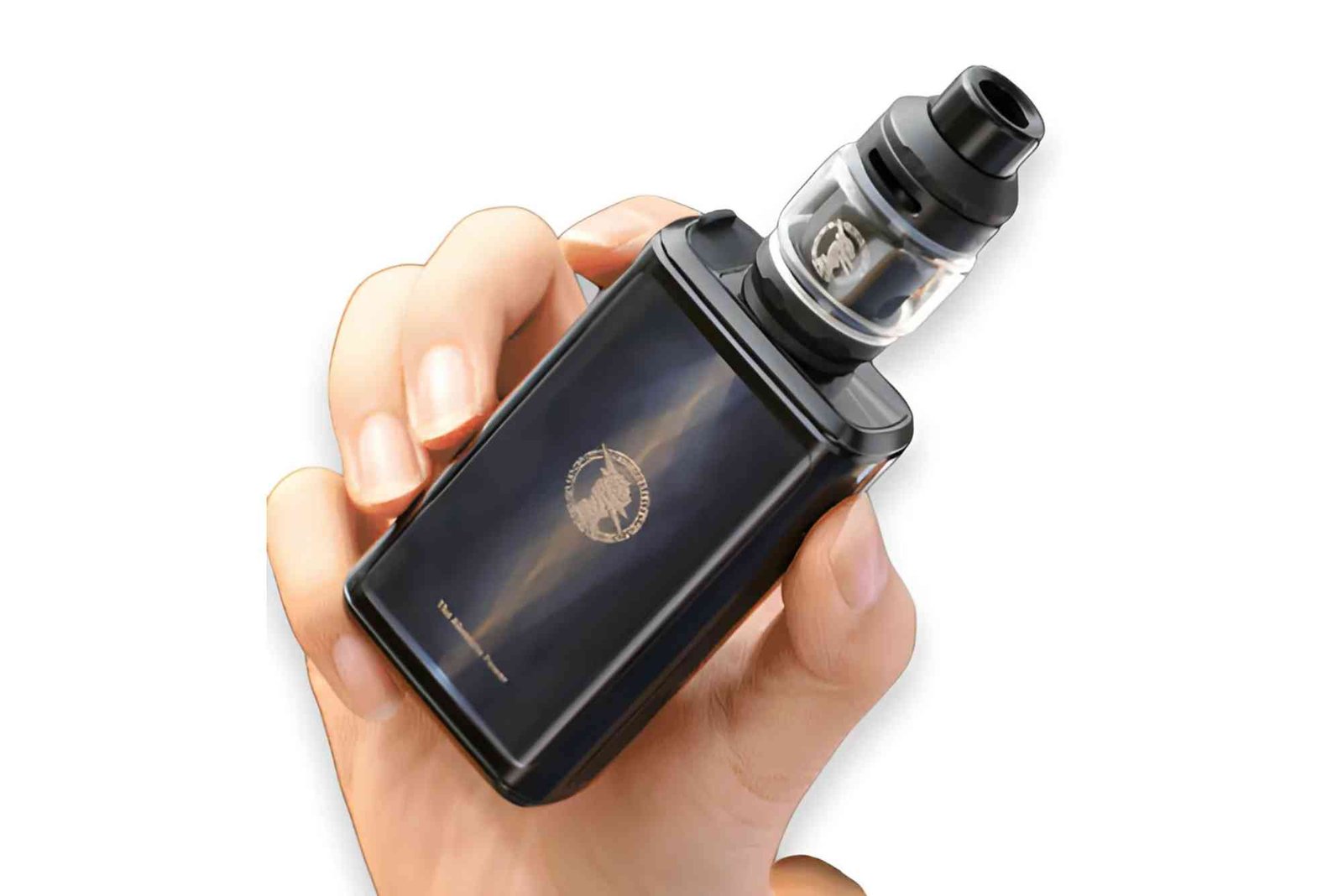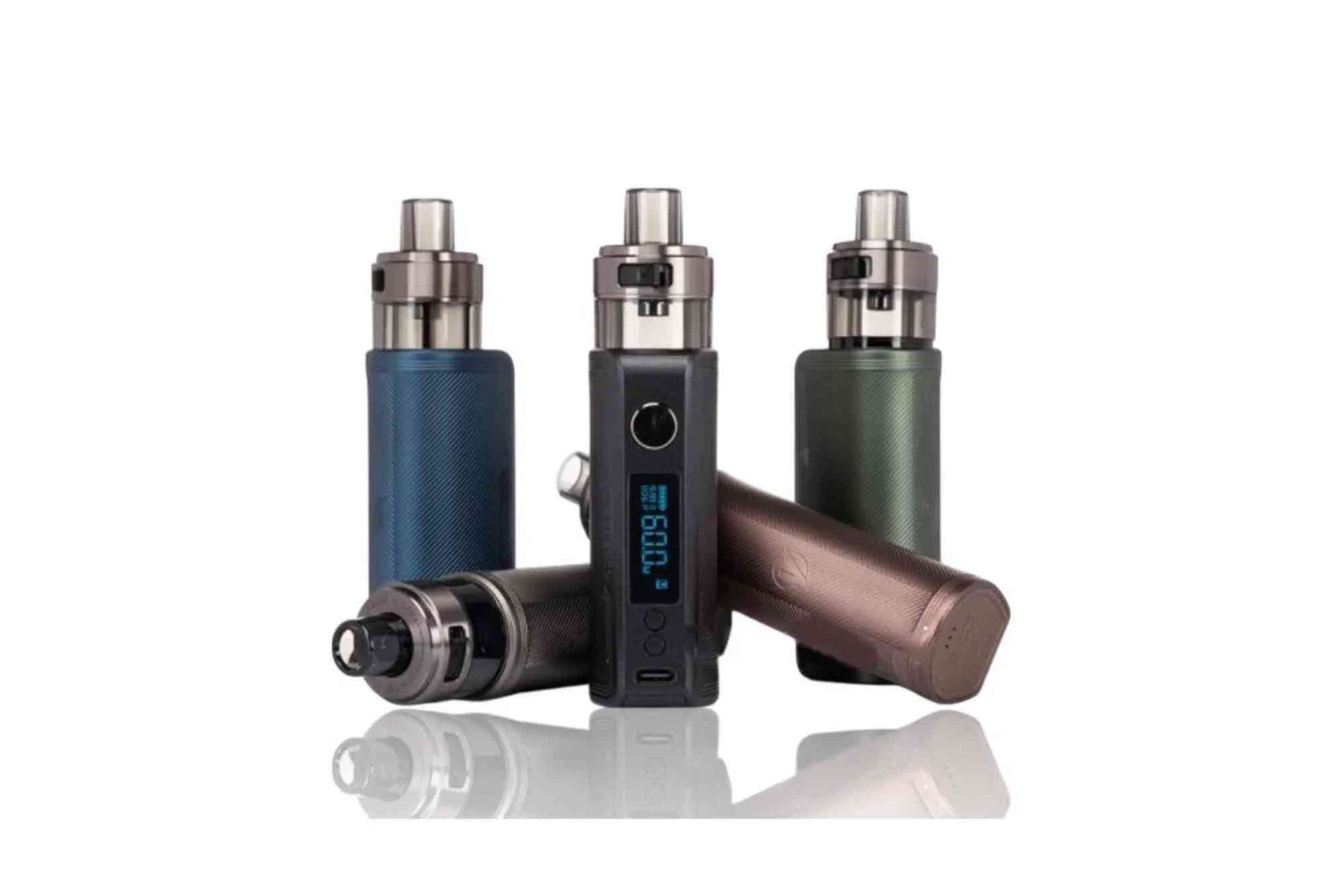Gold prospecting has fascinated people for centuries, and while the methods have evolved, the challenge has remained the same: how to locate gold that’s hidden deep beneath the earth. For many enthusiasts and professional prospectors alike, mineralized soil presents one of the toughest obstacles. This type of soil, rich in iron and other conductive minerals, often produces false signals that can confuse detectors. But with today’s technological advancements, can modern detectors truly differentiate gold from the noise of mineralized soil?
The Challenge of Mineralized Soil
Mineralized soil is a natural occurrence in areas where gold is commonly found. These soils contain high levels of minerals like magnetite, hematite, and other iron-rich compounds that interfere with a detector’s electromagnetic signals. Older models of metal detectors struggled in these conditions, often leading to frustration as prospectors dug up countless false signals.
However, with the rise of specialized gold detectors, the industry has seen a major shift. These devices are designed specifically to filter out ground mineralization and zero in on gold’s unique conductivity. For prospectors working in harsh terrains, this innovation has been a game changer, allowing them to explore areas that were once considered unworkable.
How Modern Gold Detectors Work
Unlike general-purpose metal detectors, modern gold detectors use advanced technologies such as Pulse Induction (PI) and High-Frequency VLF (Very Low Frequency). PI detectors are especially effective in highly mineralized soils because they send powerful pulses into the ground, making it easier to ignore signals caused by minerals and focus on gold targets. On the other hand, high-frequency VLF detectors excel at detecting small gold nuggets close to the surface.
Some detectors even combine these technologies, giving prospectors the flexibility to work across different types of terrain. This adaptability has opened new possibilities for treasure hunters and professionals alike, making it possible to detect gold in places that were previously too mineral-rich to explore effectively.
Real-World Applications and Examples
Take the Australian outback as an example, where red iron-rich soil has long been a barrier for gold hunters. Modern detectors have transformed the experience there, allowing people to find nuggets in regions previously written off as too mineralized. Similarly, in African goldfields, advanced detectors have uncovered deposits that older machines would have completely missed.
For many hobbyists, the difference is tangible. Instead of spending entire days chasing false signals, modern detectors allow more efficient and rewarding searches. This doesn’t just save time—it keeps the excitement of the hunt alive, which is essential for both beginners and professionals.
Factors That Still Matter
Despite these advancements, using a gold detector in mineralized soil still requires skill and patience. Ground balancing, sensitivity settings, and sweep speed all play crucial roles in distinguishing real targets from background mineral signals. Even the best machines can produce noise if not used properly.
Experienced prospectors often emphasize the importance of practice. Learning to recognize the subtle differences in tones and signals can make the difference between digging up a piece of gold or just another hot rock. Technology is powerful, but human expertise remains irreplaceable.
Looking Ahead: The Future of Gold Detection
With continued innovation, gold detectors are only becoming more precise. Manufacturers are working on smarter ground-balancing algorithms, lighter designs, and even integrating AI to help users better interpret signals. The goal is clear: make it easier to find gold, even in the most difficult conditions.
For prospectors, this means that areas once considered too mineralized may soon become prime hunting grounds. The combination of advanced detectors and user expertise is likely to lead to even more discoveries in the coming decade.
Final Thoughts
So, can modern detectors identify gold hidden in mineralized soil? The answer is yes—more effectively than ever before. While no technology is flawless, the improvements in gold detectors have significantly reduced the challenges that mineral-rich ground once posed. For today’s prospectors, this means more opportunities, more discoveries, and a far greater chance of turning a day’s hunt into a golden success.




